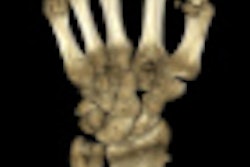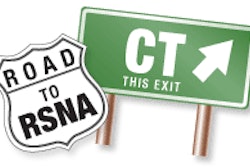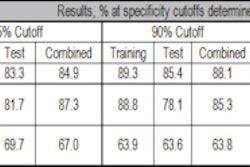The group examined 20 patients who underwent dual-source cardiac CT imaging using prospectively triggered coronary CT angiography, dynamic adenosine-stress myocardial perfusion imaging using the scanner's "shuttle" mode, and delayed-enhancement acquisitions. Following CT, all subjects underwent stress/rest perfusion and delayed-enhancement MRI.
Two independent and blinded observers looked for myocardial perfusion defects, and compared CT- and MRI-derived myocardial-to-left-ventricular upslope indices along with other measures.
In all, 89% (n = 303 segments) were evaluable. Compared to MRI, CT was 86% sensitive and 98% specific for the detection of defects, with positive and negative predictive values of 93% and 94%, respectively. There was moderate correlation between absolute CT quantification of myocardial blood flow and semiquantitative CT measurements.
Adenosine-stress first-pass myocardial CT perfusion imaging enables the evaluation of qualitative and semiquantitative parameters of myocardial perfusion in a comparable fashion as MRI, and may enable absolute quantification of myocardial blood flow, the group concluded.



















